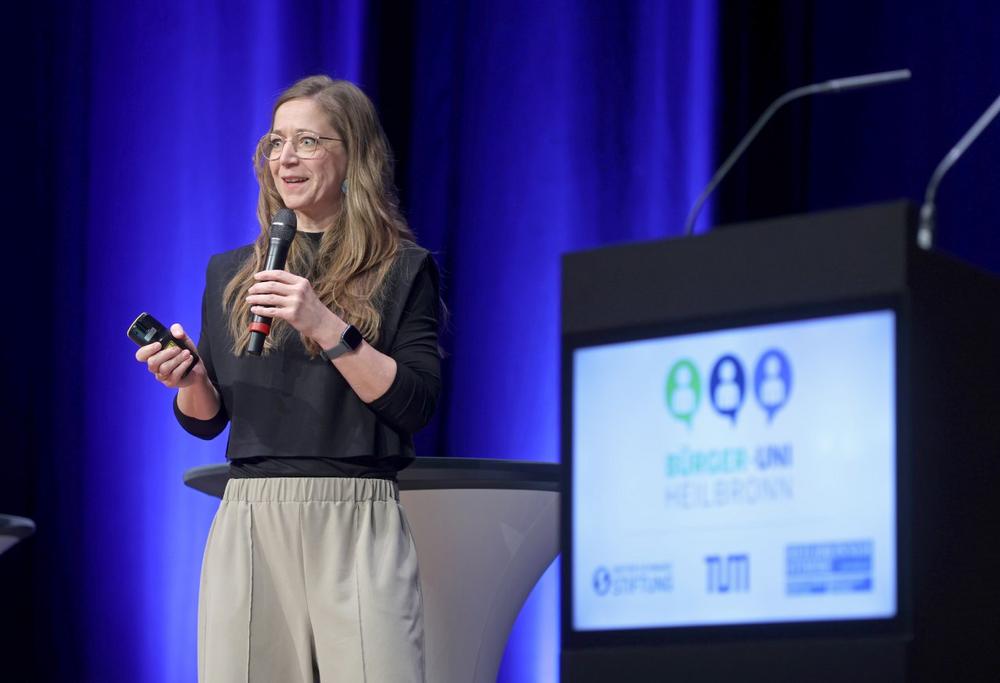Three steps towards a climate-friendly future

Breaking News:
Kathmandu Nepal
Dienstag, Apr. 1, 2025

The possible consequences: more and more people will die from heat, exposure to UV rays continues to increase, while air quality deteriorates and pollen allergies worsen. At the same time, heavy rainfall will become more frequent, alternating with extended dry periods.
Less gray, more green
But Linke is not there to upset the audience, but to present solutions. “These are all big challenges, but we can deal with them well,” she says, and explains how: under the motto “Green in the City”, the scientist presents the concept of “triple inner development”.
First of all, it is not about expanding cities further and further, but about making them compact and saving so-called grey energy, which is used to build houses. In doing so, it is important to use existing buildings and, if necessary, to renovate them instead of demolishing them. Linke recommends relying on renewable energies and renewable raw materials as much as possible.
The second dimension involves securing and developing green spaces. Plants are true all-rounders that have a positive effect on physical and mental health and biodiversity, and not least on climate regulation. However, there are limitations, because “not all green is the same” While large trees with their huge shadows and the evaporation coolness are the “top climate managers” during the day, extensive lawns are more important at night, allowing the warm air to escape. Also crucial are ventilation axes that run through the city and should not be built on.
Fewer cars, more car sharing
The third dimension is about climate-friendly mobility concepts with fewer cars and more public transport, footpaths and cycle paths, as well as car and bike sharing services. Since trees often only develop a noticeable cooling effect after 50 years, other solutions are more effective in the short and medium term: “We must try to make our cities less car-dependent”. It is crucial to reduce the number of parking spaces.
Finally, the researcher gives her audience the concise “3 – 30 – 300” formula: from every location in the city, you should be able to see at least three trees. 30 percent of the city’s surface should be covered by treetops. And finally: the nearest park or green space should be no further than 300 meters away.
To watch the recording of the event, click here. The Citizens‘ University continues on June 25, 2025. Then Prof. Mojib Latifwill speak on the topic “Can the climate catastrophe still be avoided?”
Die TUM Campus Heilbronn gGmbH
Bildungscampus 2
74076 Heilbronn
Telefon: +49 (0) 7131 264180
Telefax: +49 (7131) 645636-27
https://www.chn.tum.de/de
![]()